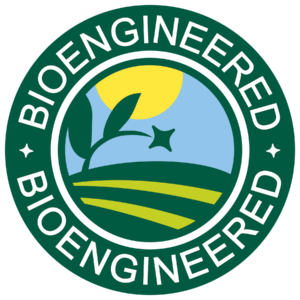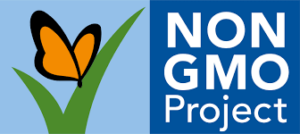Labels: we use them to organize and identify what is in a container. Sometimes we cut them out of the neckline of a shirt because they are itchy. In math or science class, it is important to put the label with your answer to a problem. There are so many types of labels all around us. Perhaps some of the most puzzling labels are those at the grocery store. I read labels for our family food purchases so I know the nutrient content and ingredients each food contains.
You may have noticed something new on food packaging labels—“Bioengineered.”
These are due to new laws that require food packaging to indicate if an ingredient was made from a bioengineered organism. You may also have seen a QR code on packaging that directs you to a site with more information about what ingredients are bioengineered. By the way, if you aren’t familiar with the term “bioengineering,” that is the more accurate term now used for what previously was called a “genetically modified organism,” or “GMO.” Find more information about what a GMO is by clicking here.
Sometimes you will see other words or symbols on food package labels. Here are some that you might have noticed. These words and images are used for marketing purposes only. They do not indicate quality, nutritional value or safety of a food product.
-
Non-GMO
-
Gluten Free
-
No High Fructose Corn Syrup
-
Natural
-
Free Range
-
Hormone Free
-
Regenerative
Labels can be helpful, but only if we understand what is meant by the words on the label. Some parts of the label are just there to get your attention and sell the food product. The most important part of the label is the nutrition portion and the ingredients list. This is where I look when I am making food choices. The bottom line is that food choices are abundant, and basing choices on facts, not fear, is always the best choice.



